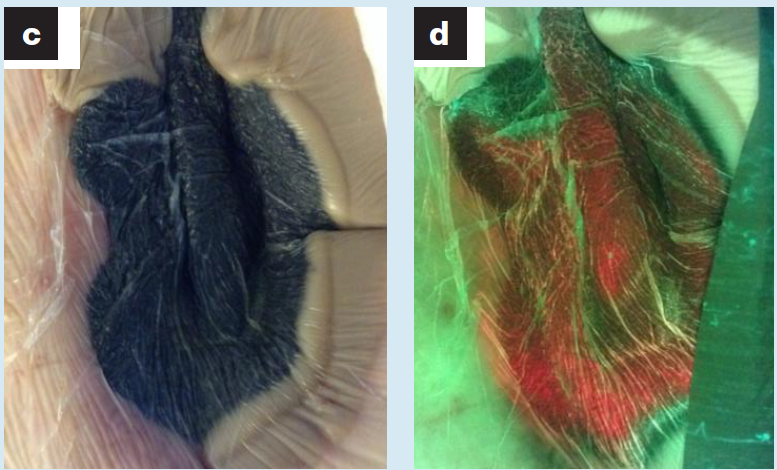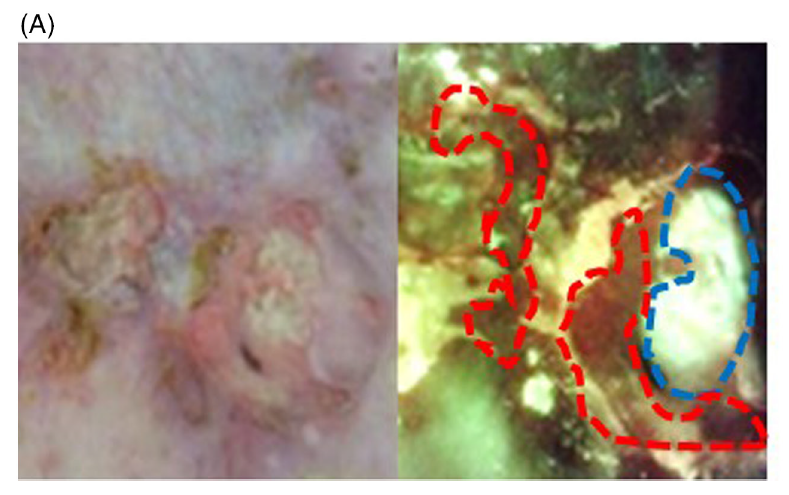Back to All Clinical Evidence
![]()
![]()
![]()
![]()
![]()
![]()
Accelerated Wound Healing, Accelerated Wound Healing
Bacterial Autofluorescence Digital Imaging Guides Treatment in Stage 4 Pelvic Pressure Injuries: A Preliminary Case Series
Related Publications
Accelerated Wound Healing
Accelerated Wound Healing
MolecuLight Headquarters
425 University Avenue
Suite 700
Toronto, ON M5G 1T6
Canada
US Address
MolecuLight Corp.
2403 Sidney Street,
Suite 286
Pittsburgh, PA 15203
T. +1 647-362-4684
North American Toll Free:
1-877-818-4360
F.+1 647-362-4730
E: info@moleculight.com
Sitemap
©2026
The MolecuLight® i:X and MolecuLightDX™ Imaging Devices are approved by Health Canada for sale in Canada and has CE marking for sale in the European Union.
The MolecuLight™ i:X and DX Imaging Devices have received FDA clearance.












